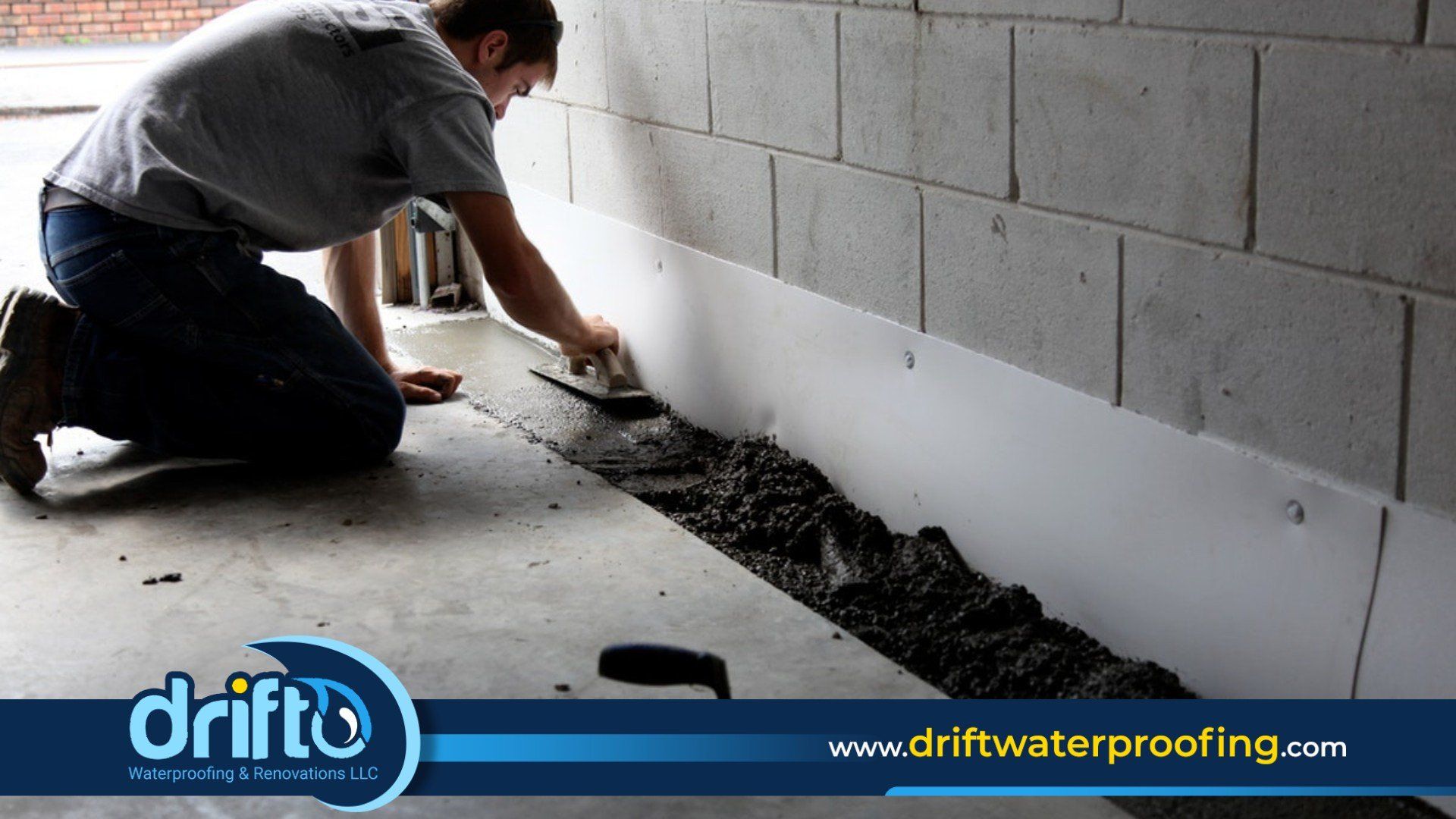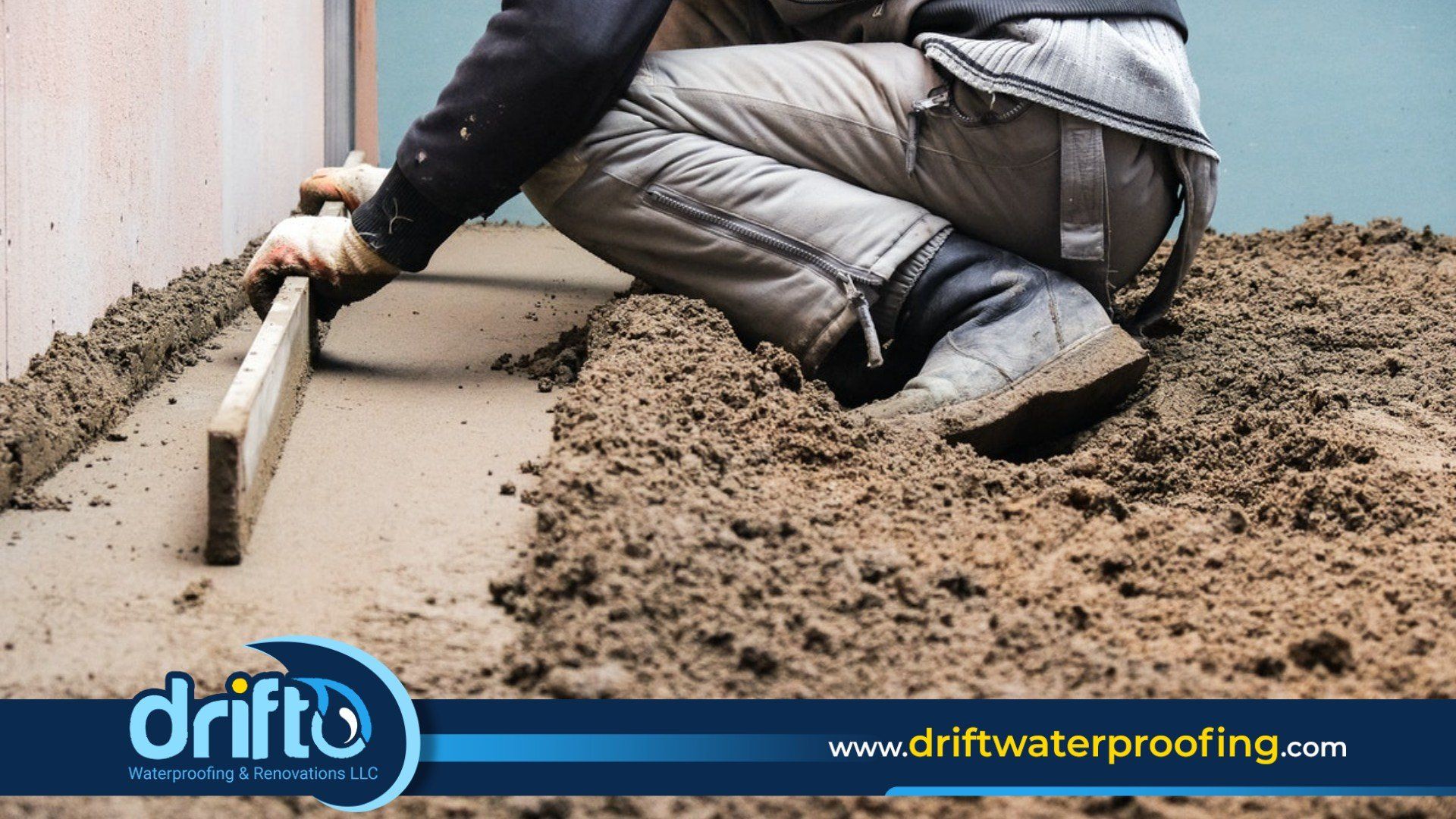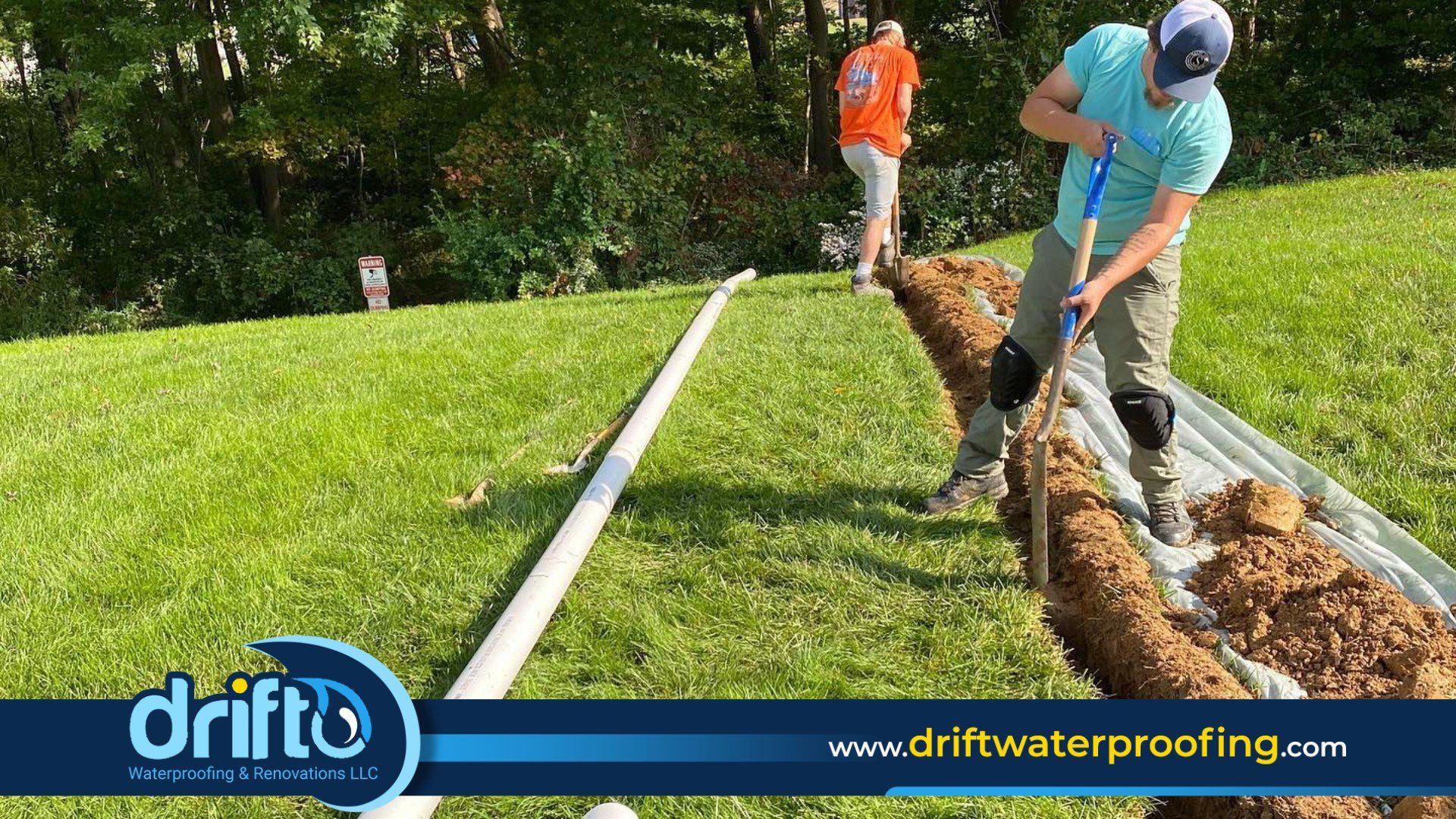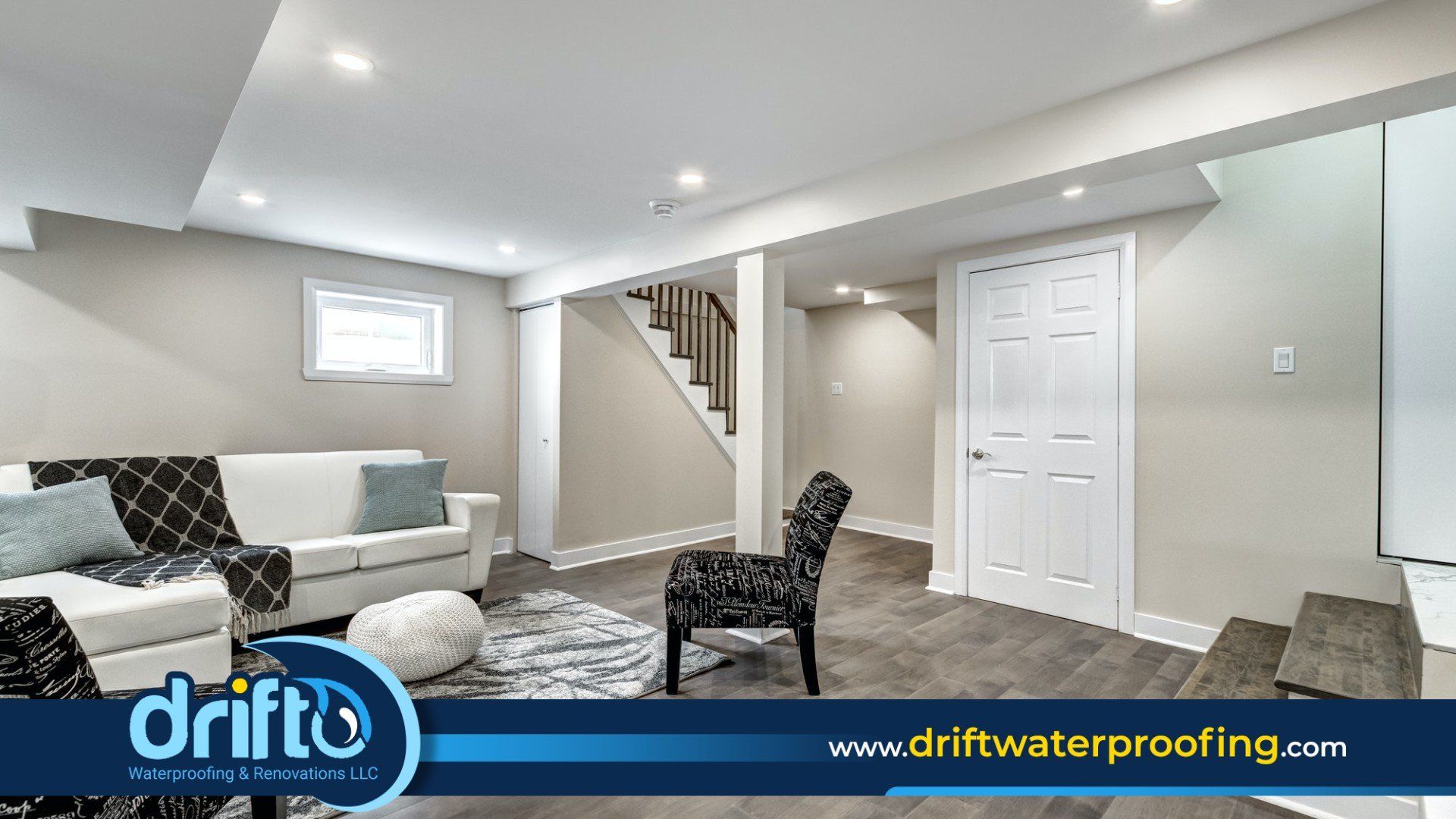Every home should have a basement because they add valuable living space and storage space. They are one of the most susceptible parts of the house to water damage, though. Flooding in your basement can result in expensive repairs and endanger the health and safety of your family. It's crucial to waterproof your basement if you want to keep it safe.
Exterior Basement Waterproofing
Exterior basement waterproofing involves applying a waterproof material to the outside walls of your home’s foundation in order to protect it from moisture damage. This type of waterproofing is typically more effective than its interior counterpart because it prevents water from entering the foundation at all.
It also serves as a form of insulation since it helps keep heat out during summer months and keeps warmth in during winter months. The downside to exterior basement waterproofing is that it can be costly and invasive, requiring excavation and other labor-intensive steps.
The advantages of exterior basement waterproofing
- Prevents water from penetrating the foundation walls and entering your basement: Exterior waterproofing works by applying a waterproof coating to the exterior walls.
- Protect the foundation. By keeping the foundation dry, exterior waterproofing guards it against erosion and cracking brought on by water infiltration.
- Increase the value of your house. Exterior waterproofing raises the value of your home by offering a durable fix for basement water issues, which makes it appealing to buyers.
- Low maintenance. After being applied, the waterproof coating needs very little upkeep and can last for many years.
The disadvantages of exterior basement waterproofing
- Costly: Because exterior waterproofing involves excavating the soil around the foundation, which calls for large machinery and skilled labor, it is more expensive than interior waterproofing.
- Time-consuming: Depending on the size of your home and the amount of work required, the excavation and waterproofing process may take several days or weeks.
- Weather-dependent: Exterior waterproofing necessitates dry weather, which can cause the project to be delayed if there is rain or other unfavorable weather.
In general, exterior waterproofing works well as a long-term fix for wet basement issues. Homes with severe water intrusion issues or older foundations that are more susceptible to water damage are the best candidates for it.
Interior Basement Waterproofing
Interior basement waterproofing focuses on capturing any moisture that gets into your foundation before it has a chance of causing damage. This type of solution typically involves installing drainage systems along the inside walls of your foundation in order to collect water runoff before it spreads throughout the rest of your home.
One advantage to this type of system is that it is less expensive than exterior solutions. However, its effectiveness is limited by its inability to prevent water from entering the foundation in the first place.
The advantages of interior basement waterproofing
- Since interior waterproofing doesn't require excavation, it is typically less expensive than exterior waterproofing.
- Interior waterproofing can be finished more quickly than exterior waterproofing, which can take days or weeks.
- Minor to moderate water intrusion issues, like seepage through the floor or wall cracks, can be effectively addressed by interior waterproofing.
- Interior waterproofing is a project that can be completed at any time of year, no matter the weather.
The disadvantages of interior basement waterproofing
- Doesn't deal with exterior issues: Interior waterproofing does not deal with any issues with the foundation's exterior, such as erosion or cracks.
- Interior waterproofing can successfully address minor to moderate water intrusion issues, but it might not be enough for more serious issues.
- Maintenance is necessary to keep the drainage system, which was installed as part of the interior waterproofing procedure, operating properly.
Interior waterproofing is, all things considered, a wise choice for homes with minor to moderate water intrusion issues. It's also a good choice for houses with little yard space or challenging access to the foundation's exterior.
Conclusion
When deciding between exterior vs interior basement waterproofing, consider both the cost and effectiveness of each option in relation to your specific needs.
Exterior solutions are more expensive but more effective overall, while interior solutions are more affordable but less reliable when it comes to preventing moisture damage.
Ultimately, choosing between these two options depends on budget constraints as well as how much risk you’re willing to take with potential water damage down the line.
Contact Drift Waterproofing & Renovations Today!
Drift Waterproofing & Renovations will do everything we can to ensure your experience with us is excellent.
Request A FREE Estimate
Request a Free Estimate Form
Checkout Recent Post

Got a Question? We’re Here to Help.
You can arrange an appointment or make an enquiry by phone or email, orget in touch to us via our contact form.




